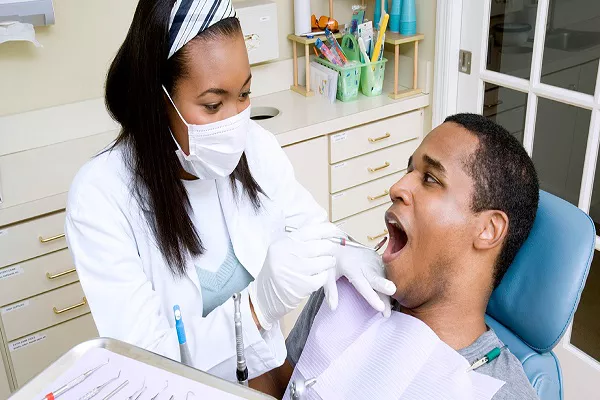Maintaining good oral hygiene is essential for a healthy and confident smile. One common concern many individuals have is how to effectively remove plaque from their teeth. Plaque is a soft, sticky film of bacteria that forms on teeth and can lead to various oral health issues, including cavities and gum disease. While the idea of scraping plaque off your teeth might sound straightforward, it’s important to understand the proper techniques and tools to ensure effective plaque removal without causing harm to your teeth and gums. In this article, we’ll explore the best practices for removing plaque, the risks of improper scraping, and the role of professional dental care in maintaining optimal oral health.
Understanding Plaque and Its Consequences
Plaque is a biofilm that develops on teeth as a result of the interaction between bacteria and food particles. If not effectively removed through regular oral hygiene practices, plaque can mineralize and harden into tartar (also known as dental calculus), which cannot be removed through brushing alone. Plaque buildup is a leading cause of cavities, gum disease, bad breath, and other oral health issues.
Effective Techniques for Plaque Removal
Removing plaque from teeth requires a combination of proper techniques and tools:
Brushing: Brush your teeth at least twice a day using a fluoride toothpaste and a soft-bristle toothbrush. Use gentle, circular motions to clean the outer, inner, and chewing surfaces of your teeth.
Flossing: Floss daily to clean between teeth and along the gumline where your toothbrush cannot reach.
Interdental Brushes: These small brushes can be used to clean between teeth and remove plaque from areas that floss might miss.
Water Flossers: Water flossers use a stream of water to clean between teeth and along the gumline, helping to dislodge plaque and food particles.
Antimicrobial Mouthwash: Using an antimicrobial mouthwash can help reduce bacterial growth and plaque formation.
The Dangers of Improper Plaque Scaping
While it’s important to effectively remove plaque, attempting to scrape plaque off your teeth using improper techniques or tools can lead to several risks:
Enamel Damage: Improper scraping can lead to enamel erosion, which weakens the protective layer of the teeth and increases the risk of cavities and tooth sensitivity.
Gum Irritation: Aggressive scraping can cause gum irritation, bleeding, and inflammation. This can worsen if not done correctly, leading to gum disease.
Root Surface Damage: Excessive scraping can damage the delicate root surfaces of teeth, leading to root sensitivity and potential gum recession.
Tartar Formation: Incorrect attempts at removing tartar at home can result in incomplete removal and actually promote its further buildup.
Infection Risk: If tools are not properly sterilized, scraping can introduce harmful bacteria into the mouth, leading to infections.
Professional Dental Care for Plaque Removal
While daily oral hygiene practices play a significant role in plaque prevention, professional dental care is crucial for comprehensive plaque removal:
Dental Cleanings: Regular dental cleanings, usually every six months, involve scaling and polishing by a dental hygienist. Scaling removes tartar and plaque from above and below the gumline.
Professional Assessment: Dentists and hygienists can identify areas of concern and provide personalized advice for maintaining optimal oral health.
Additional Tips for Plaque Prevention
Limit Sugary Foods: Sugary foods and drinks contribute to plaque formation. Limiting their consumption can help reduce the risk of plaque buildup.
Stay Hydrated: Drinking water helps stimulate saliva production, which helps rinse away food particles and bacteria.
Chew Sugar-Free Gum: Chewing sugar-free gum can stimulate saliva flow and help cleanse the mouth after meals.
Quit Smoking: Smoking contributes to plaque buildup and increases the risk of gum disease and other oral health issues.
Conclusion
Effective plaque removal is essential for maintaining optimal oral health and preventing issues like cavities and gum disease. While the idea of scraping plaque off your teeth may seem appealing, it’s crucial to follow proper techniques and use appropriate tools to avoid causing harm to your teeth and gums. Brushing, flossing, interdental brushes, water flossers, and antimicrobial mouthwash are all effective ways to remove plaque at home. However, professional dental care, including regular dental cleanings, remains a critical component of plaque removal. By combining daily oral hygiene practices with routine dental visits, you can ensure a healthy and confident smile that lasts a lifetime. If you have concerns about plaque buildup or proper oral hygiene techniques, consult your dentist for personalized guidance and recommendations.
Related Topics:





























